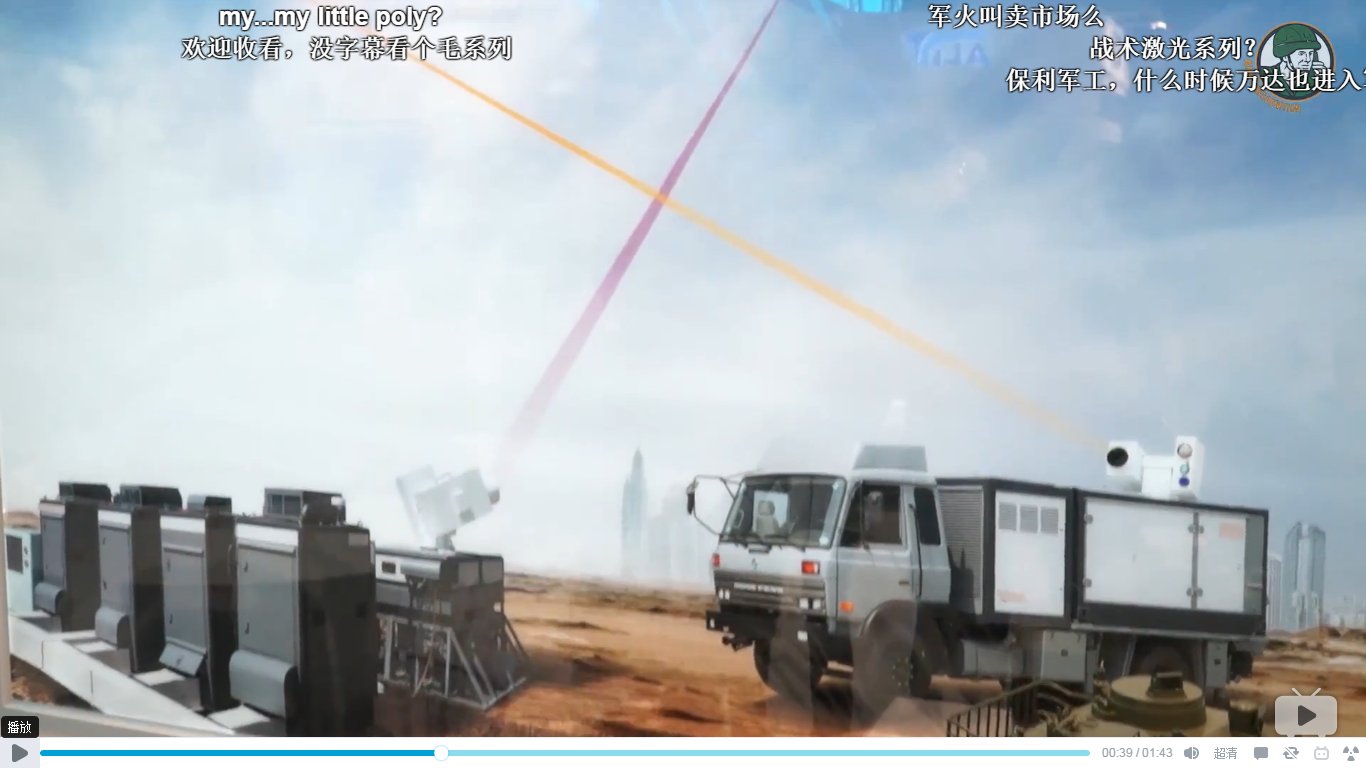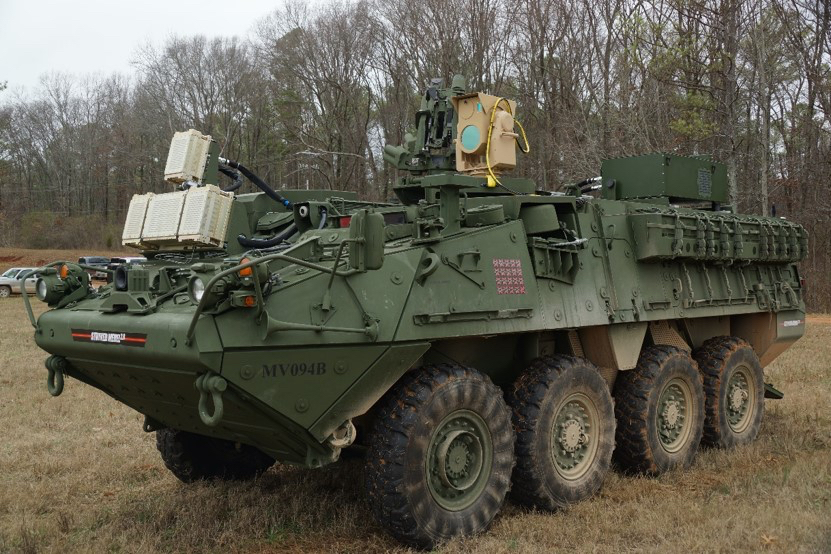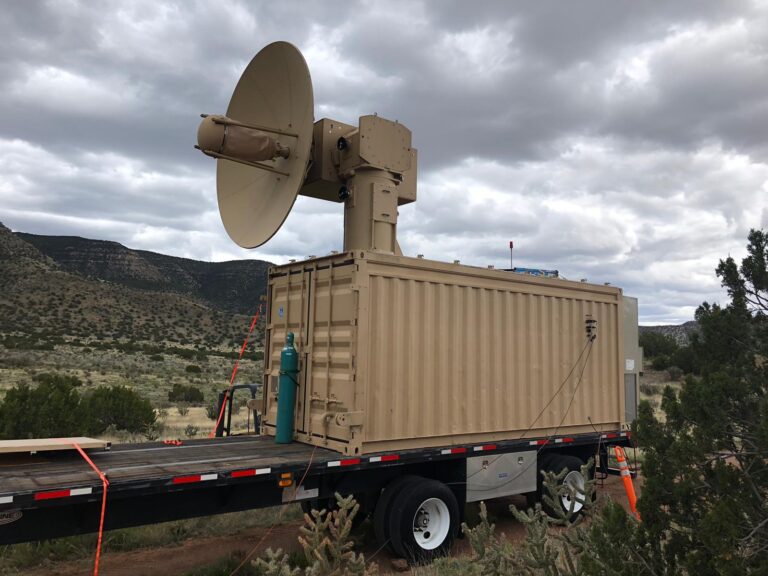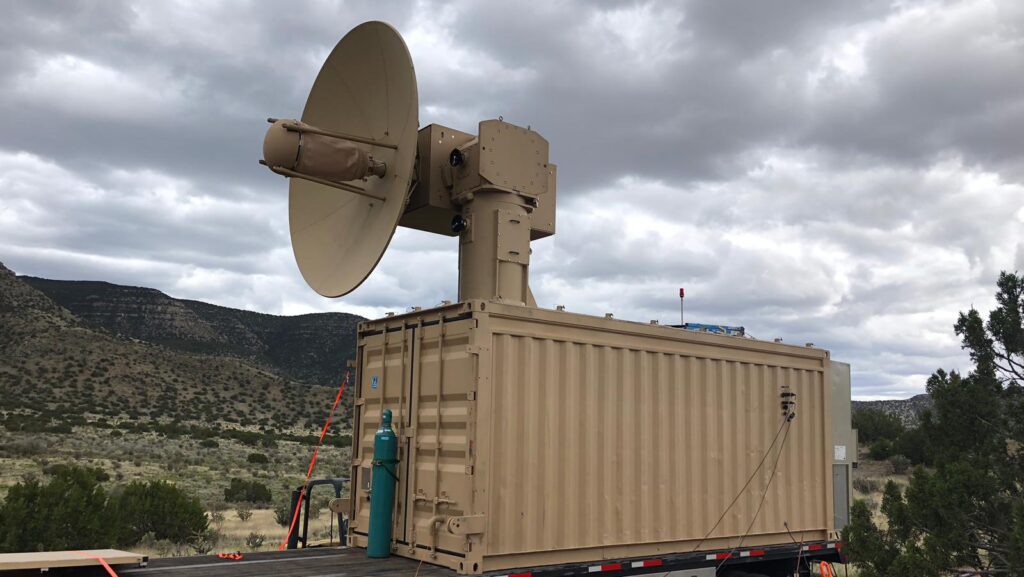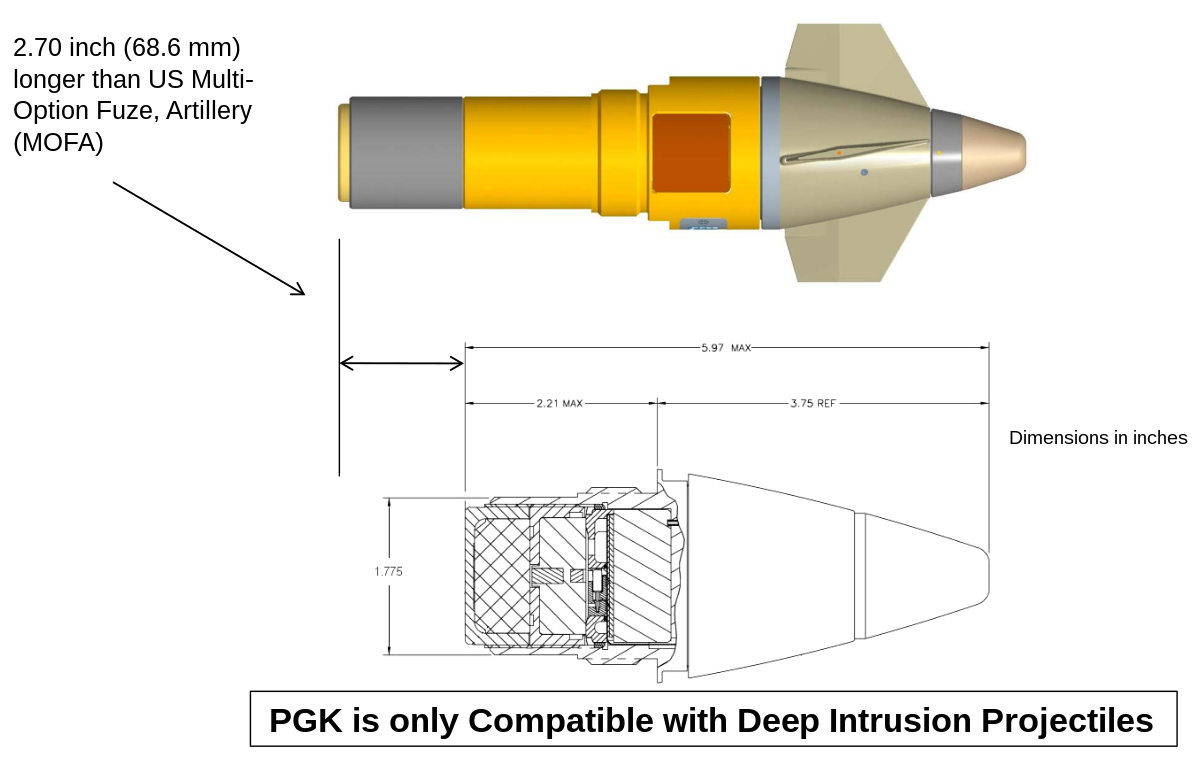Guys we are third world poor fighting another nation that is third world poor we are going to be lucky if we can afford the timeframes equivalent of cold war equipment let alone modernish export/monkey models of advanced and modern military kit.
We don't need to be ahead of everybody just ahead of Victoria, perhaps focus on CAS with helicopter gunships as I doubt they will have competent AA
1) Look up the Ethiopia-Eritrea Border War. Or the Vietnam War. Or the ongoing festivities in Syria and Yemen.
Wars between, or involving Third World nations, does not mean they are fighting with Lee-Enfields.
2) An AH64 Apache costs around 65 million dollars off the top of my head.
A Block III Superhornet is 65-70 million. An F-16V in full production is estimated at 55-70 million.
An F-35A off the shelf is about 79 million. A Block I F-15EX flyaway cost is about 87 million for FY2021.
In conventional warfare between peer opponents, helicopter gunships are specialty items with a premium price.
Doesnt affect the utility out of transport or recon helicopters, mind.
3) The 2003 attack on Kerbala by 31 US Army Apaches demostrated just how ill-advised the notion of attacking prepared forces with helicopters is.
And the Iraqis didnt even have any SAMs, just heavy machineguns and gun AA.
For comparison, the Vic regular infantry in this campaign were carrying Igla MANPADs, and will have better next time.
We just didn't use aircraft except at Leamington and against their militia.
4) If we had air superiority and no SAM threat, we'd just park a procession of C-130s and AC-130s above the poor bastards and drop tons of ordinance off the cargo ramp.
You only own CAS aircraft where there's a significant groundfire threat.
So at least for tanks that we can beg/buy off from EU allies if not just EU nations themselves for their old stock. We are looking at leopard II's and the fictional Leopard III's, as well as the very real British Challengers,
From the south Americans we can ask to buy the Argentinian TAM's if they have any left.
Though I bet you the brazillians got around to making the Osorio.
The Leopard II might still be in production. Maybe.
It would be almost a hundred years old now, and probably replaced like two decades ago in Europe, but it might still be around in some stockpiles.
The UK fell apart and was only relatively recently put together with EU help. The Challenger II is both obsolete, since no updates, and almost certainly well out of production since the Collapse of the UK would have bankrupted the factory. If the UK is using tanks now, its gonna be German or French kit; the French schismed, but they didn't fall, and French companies had the rest of the EU to fall back on.
Argentine TAMs are spectacularly ill-suited to the sort of war we need tanks for.
They're light tanks, built on the chassis of a 1970s APC. Not MBTs. Their glacis is like 50mm thick; an RPG-7 would pen it without problem.
There are modern IFVs heavier than they are and with thicker armor.
The company that made the Osorio is dead, and the Brazilian Army uses M60s and Leopard 1s, and allegedly in the market for around a hundred and fifty Abrams as of last year. If they're operating indigenous tanks, they're either license-building something like the Abrams or a Leopard variant, or building something entirely new.
Tanks probably shouldn't be our main focus. Too big, too fuel-hungry, and too demanding to operate in territory where all the infrastructure is a wreck. We're looking for armored cars and light armored vehicles in general.
This isn't a reimagination of World War II, and you don't need a heavy tank arm to function on the battlefield.
True.
Our backbone are probably gonna be wheeled IFVs with swarms of ATGMs, which we can probably build domestically with much the same level of technology required to build trucks. Also self-propelled howitzers, because towed guns is asking for death.
We'll still need several hundred tanks as a solid core of mobile heavy units. Say 400-600 tanks and a bunch of ancillaries like tracked SPGs and the like.
That would come to around 6 tank brigades with a bunch of spares, which is enough to build 1 armored division + 4 mechanized divisions from scratch. Or 2 armored + 2 mechanized divisions.
Given that I fully expect the Wehraboos to be in charge of Victoria given as Blackwell called out Third Reich doctrine as something to look at, we're going to be looking at >1500 tanks out of Victoria
As an aside, apparently while the Abrams individually consumes a lot of fuel, as a percentage of the fuel consumption of a US Army brigade/division, it doesnt really matter. The champion fuel guzzlers? Helicopters, with, IIRC, around 50% of the brigade's daily consumption.
With much of the rest going to trucks, power generation and the like.
Make sense; there's only about 90 tanks in an ABCT, and roughly the same number of Bradleys, but around 900 other vehicles.
If they've had their issues resolved by now, we ought to look into upgrading our artillery batteries with CLG guns. The only problem with them that's kept them from being used today is that the shell's range is inconsistent. If that's been fixed, they're better than railguns while having less barrel wear than even conventional guns.
Combustion light guns? *checks*
The whole cryogenic fuel thing makes it unlikely to be a good fit, even if someone had the RnD dollars to develop it.
We're looking for stuff thats safe to store and use in combat.
The XM1299 tracked SPG currently has a demonstrated range of >65km, and is supposed to replace the M109 self-propelled howitzer in US Army service in a couple years. The Germans were talking about an 83km range howitzer.
Conventional powder-fired guns.
There's a couple more advancements on the way, from HVP rounds to ramjet rounds to push the range profile well north of 100km.
And railguns are basically mature technology right now, as long as you have a gas turbine to charge your capacitors.
If anything, I'd expect that if CLG guns were a thing, they would be a Vic thing.
Buy them off the Russians.
But what do you do with tube artillery that has a range of a hundred miles?
Concentration of fire.
One division can lend another division covering fire without moving its own artillery batteries.
Cold War doctrine suggests that a division on the attack in that era covers 15-25km of front, and would have 56-72 howitzers. So a hundred mile/hundred and sixty kilometers of front could very easily have 6-10 divisions within mutual artillery fire support range.
Up to 720 howitzers on one artillery grid square for five minutes before a designated division assaults through that section.
Kinda like the hammer of God.
That kind of range allows multiple divisions to provide fire support for each other with their own organic assets.
Not to mention the prospect of dropping indirect fire on an enemy column that's trying to go around your position before you can get to the area. Whether bombardment, or just artillery-deployed minefields to slow their vehicles.
Artillery coordination and weight of fire was something that the US Army was famous for in WW2.
Given that we probably will be outnumbered in the air and in armor, better go back to our roots.
To have any reasonable standard of accuracy at that range, the shells have to be guided. Will the shells be 'enough cheaper' compared to guided missiles to justify the cost of the weapon system that launches them? The shell's guidance package and warhead are limited by the mass of what can be fired out the gun, and by needing to withstand the acceleration of getting kicked up to Mach 6 or whatever. You're trading off performance for ruggedness, and hoping that the combination of (performance+ruggedness) from the shell is still cheap enough to outcompete a missile that doesn't have to make quite the same tradeoffs.
Mostly solved problems today.
The current cost of the M1156 precision guidance kit for 155mm shells was below 10,000 dollars in 2015; its a screw-on fuse for 155mm shells that drops their CEP from 200m to less than 50m, with field performance being >4m.

en.wikipedia.org
To benchmark, an M31 GMLRS guided rocket is ~100k-120k or so, about the same price as a Hellfire.
A ~200 pound GBU-53B SDB-II bomb with trimode seeker is 195k in FY2021.
A~110 pound Brimstone missile with dual mode seeker is 105k UK pounds.
Hard-g acceleration for smart munitions is also apparently a solved problem, since at least the 1980s.
The current Mark 110 57mm gun used in a lot of US Navy ships apparently fires a radar-fuzed programmable round at 60,000 gravities.
The M982 Excalibur 155mm shell is fired at 7,000 gravities.
